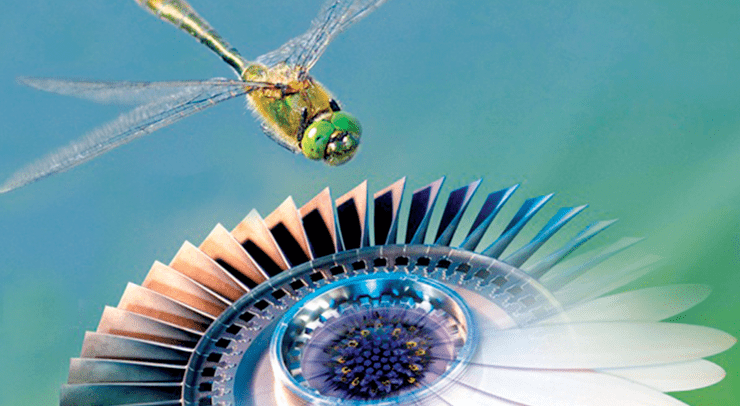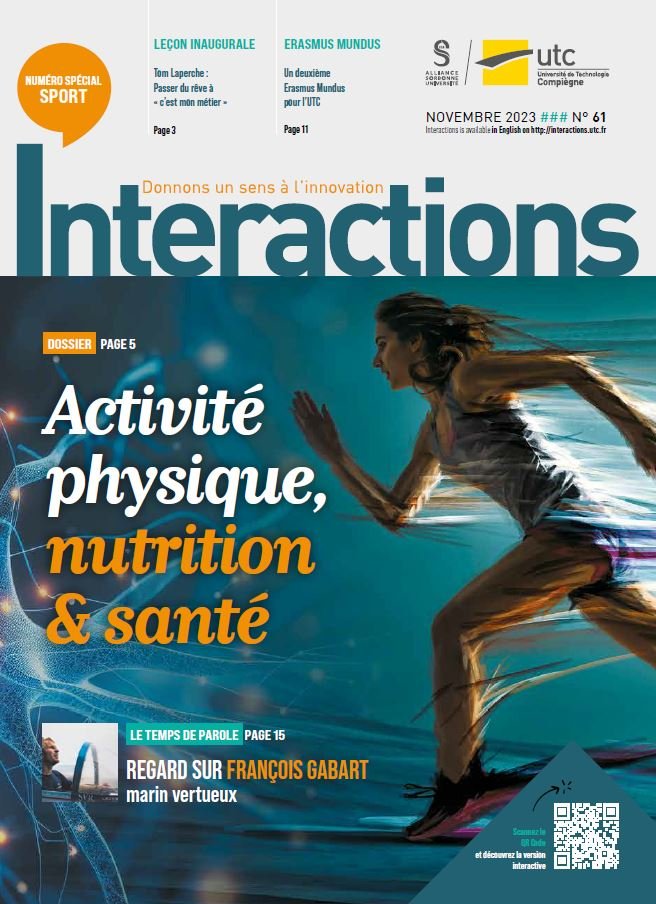
The challenging target set by the EU European programme E‑BREAK (Engine BREAKthrough Components and Subsystems) , viz., to lower aircraft and helicopter engine CO2 emissions levels by 30% ended last year. This ambitious programme, bringing together 41 partners from 10 different countries, was awarded a French “Stars of Europe” Prize, under the heading “Innovation” for the technological excellence displayed and the high quality of scientific cooperation generated during the programme.
This Prize for “Stars of Europe” was launched by the French ministry in charge of Higher Education and Research in 2013 to underscore the merits of research projects coordinated by French companies (or structures) in partnerships on a European scale. The laureates were chosen from among initiatives supported by the EU in the Horizon 2020 Programme, the European plurennial Framework programme to finance and encourage research and innovation – with a budget of 80 billion euros for the period 2014–2020.
The EU Programme E‑BREAK (Engine BREAKthrough and subsystems) brings together academic laboratories, private research centres, SMEs and world-scale aircraft engine manufacturers. The EU has provided some 18 Meuros of the total 30 Meuros invested. The project leader is Safran Helicopter Engines whose HQ is near Pau, south France, and the target set to the participants was to find technological solutions to a number of block-points(over the time scale 2013–2017) by sharing their skills and experimental set-ups ; as Manuel Silva, project manager and a graduate from UTC, majoring in Mechanical Engineering, put it “a partnership on this sort of scale was hitherto unknown territory for us at Safran Helicopter Engines – cooperating with competitors and a academics was an unusual step for us but it proved very rewarding and a rich experience”.
Several months after the close of the programme, the results in terms of competitiveness and economies made are visible. Seven patent claims have been lodged. Numerous promising longer-term returns on experience (RE) have been noted. Several professional jobs were created. Engineering schools such as ENIT(Tarbes) or ISAE-SupAERO, Toulouse have gained in international visibility with respect to the industrial world, notably though the excellence of their experimental rigs and their specific skills in digital modelling.
Innovative progress towards ‘greener’ aeronautics
The E‑BREAK programme was set up in a context that encouraged industrialists and research scientists to design lower pollution, more economical aircraft in terms of energy consumption and emissions. Aircraft companies foresee a doubling up of their fleets by 2035, while ACARE (the Advisory Council for Aviation Research and innovation in Europe), the European body in charge of drafting air transportation policies and strategies, has set objectives in terms of lower greenhouse gas (GHGs) emissions and fuel consumption. E‑BREAK analysed various technologies enabling design of more compact, lighter engines that burn less fuel. Higher pressure and temperatures in turbopropulsion engines (but providing the same power thrust) have indeed brought to light some novel technology-intensive challenges.
The ACARE objective was to see new sub-systems and materials capable of resisting the new constraints. No less than 6 research areas and some 50 technologies were studied during the programme’s 4 ½ years. The objectives were reached or exceeded in 90% of the cases. Numerous test-bed experiments were conducted to validate and certify the results. Better gas tight conditions were achieved with new generation carbon seals; tip clearance control between turbine and stator was reduced by addition of higher performance (thermal and mechanical) wall cladding; new and lighter alloys (e.g., titanium-aluminides) were developed, compliant with the extreme temperatures; improved parts inspections, using various, mechanical and thermal tests, involving artificial intelligence (AI) tools and Big Data analyses and techniques … were among the research facets explored over the E‑BREAK Programme years.




